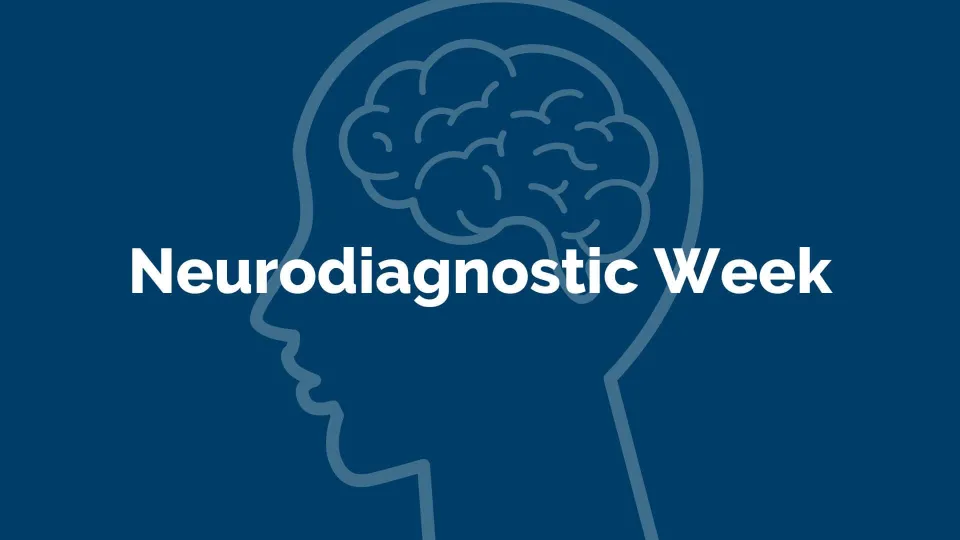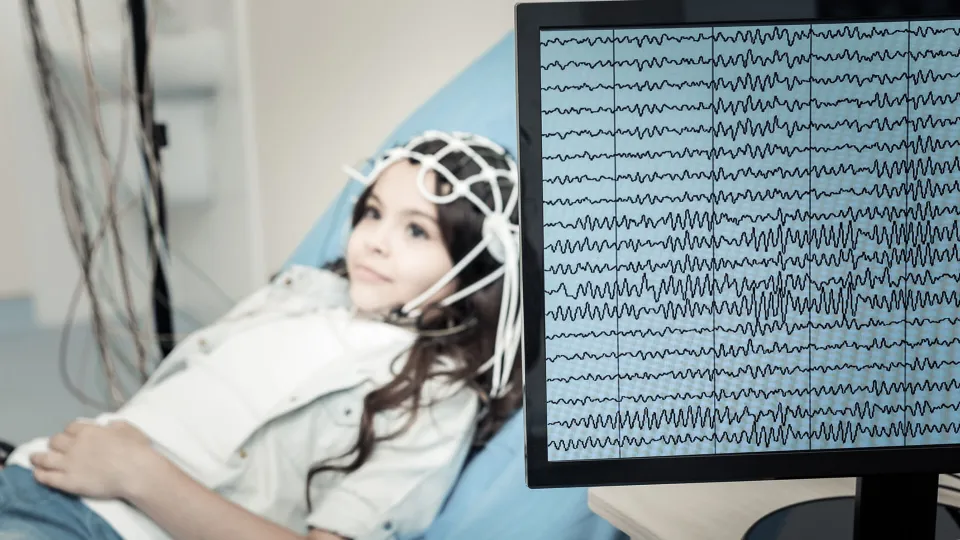Concorde Staff

With an associate's degree in Neurodiagnostic Technology from Concorde, you'll learn to record electrical activity in the brain and nervous system for diagnostic purposes. And, with that technology, training and know-how, you could just one day find yourself in the same spot as a group of scientists who, a couple of weeks ago, made a historic discovery about the human brain.
Scientists funded by the National Institute of Health's Human Connectome Project mapped and identified 97 previously unknown areas of the brain's cortex. The scientists reported that analysis of brain imaging from 420 volunteers yielded a map of 180 distinct areas in the brain's cortex, including 97 previously unknown regions. They also developed software that detects the "fingerprint" of each of these areas in an individual's brain scans.
The new map "is a major revision and updating of previous maps," David Van Essen, senior author of the study, said in a CNN article posted July 20. "Most of the new areas are in regions we associate with higher cognitive function."
How did Neurodiagnostic Technology help in this study?
To start with, there was a variety of methodological improvements in the study, said Matthew Glasser, first author and a doctoral student in neuroscience, in the CNN article. The team of scientists used finer-grain detail in their mapping than was previously available.
Next, and perhaps most important, the scientists widened the breadth of the study. Instead of focusing on just one biological property of the brain - architecture, function, connectivity or topography – the researchers combined all four criteria. And, they looked at the entire brain, unlike neuroscientists of the past who looked at only part of the cerebral cortex.
New cortical territories
The new map identifies 180 areas for each hemisphere of the brain, including 97 new territories along with 83 previously known regions. Each has a unique microstructural architecture (including the thickness of the cortex), plus a unique pattern of activity and connectivity with other brain areas.
"We have started, but by no means finished, our characterization about what is different about these new areas," Van Essen told CNN.
Perhaps as important as the map itself, the team created a method to classify cortical areas in any brain studied. Experiments showed that nearly 97 percent of areas in new subjects could be detected and classified, even in instances where someone had atypical or unique brain structures.
Using the map
Practical uses of the map include it becoming a tool for learning and teaching neurosurgery residents and Neurodiagnostic Technology students. The scientists believe that soon doctors will be able to take an MRI of a person and say, "you have autism," or "you are addicted to cigarettes." Increasingly sophisticated technologies should shortly be able to diagnose brain disorders.
"We think the field as a whole will start framing and formulating new questions based on the map," Van Essen said.
Obviously, this is an exciting field on the cutting edge of breakthrough technologies, one which is shaping much of the future of health care around the world. You can be a part of it, and a good start is Concorde's Neurodiagnostic Technology associate's degree program. Check it out today!

Take The Next Step Towards a Brighter Future
Interested in learning more about our Neurodiagnostic Technology program? We have a Concorde representative ready to talk about what matters most to you. Get answers about start dates, curriculum, financial aid, scholarships and more!






